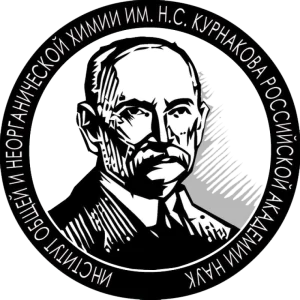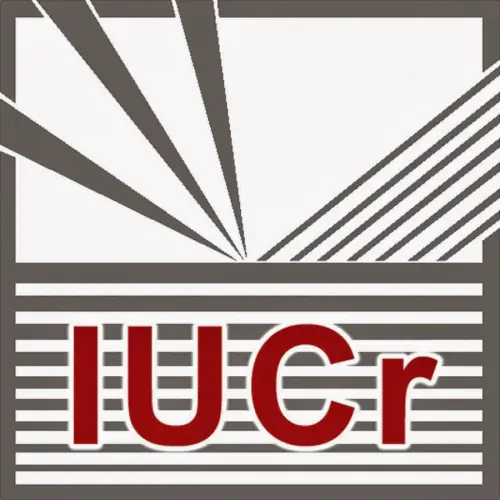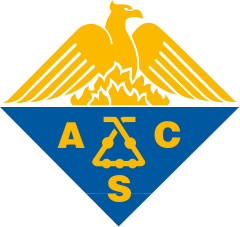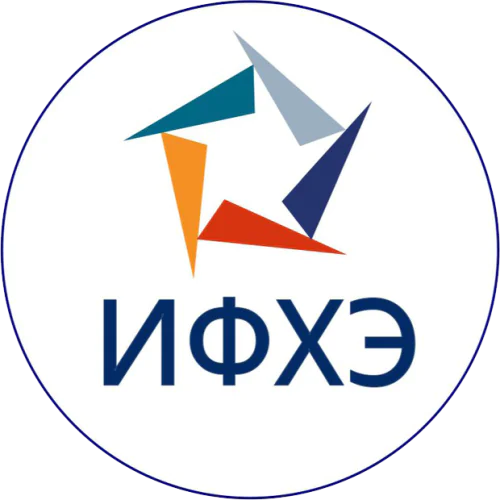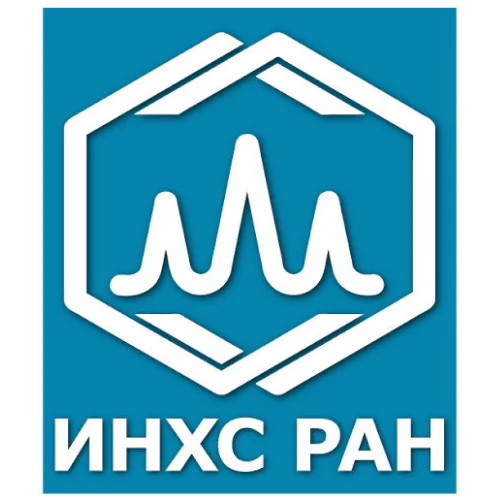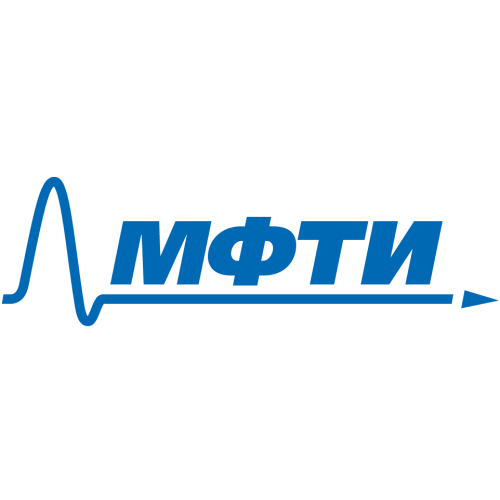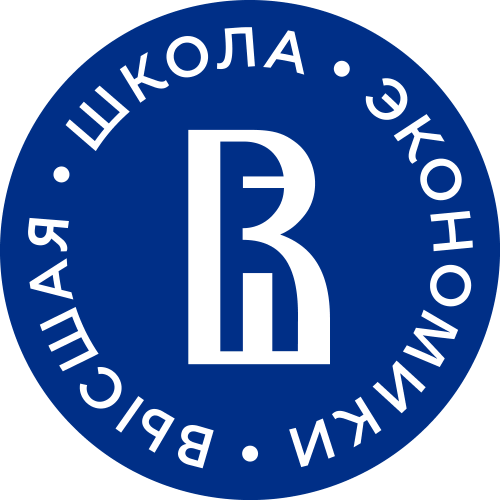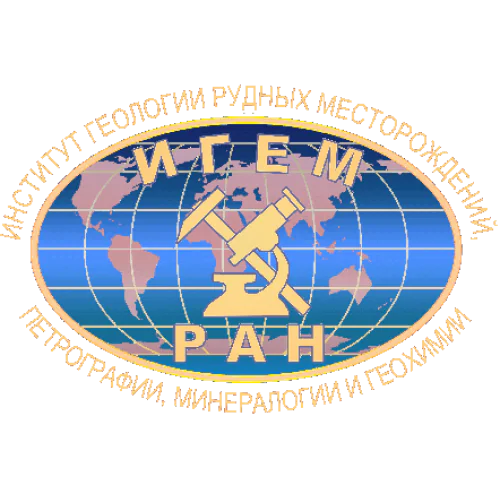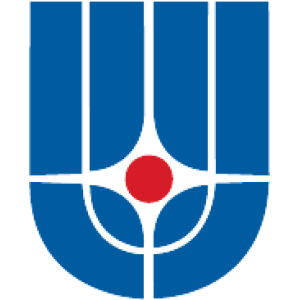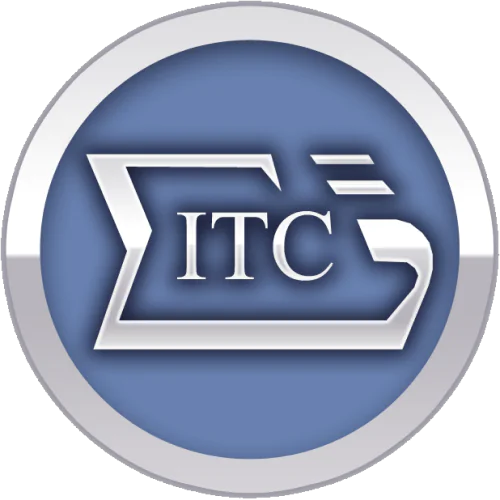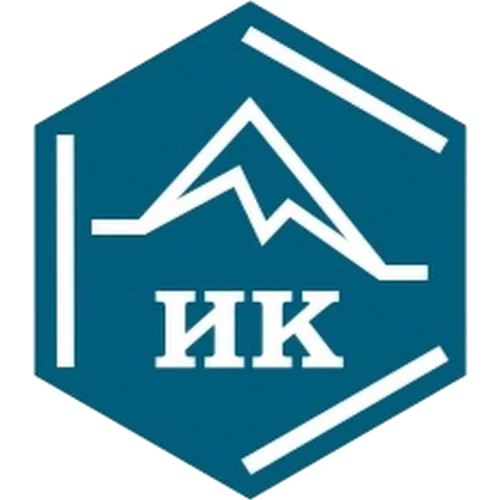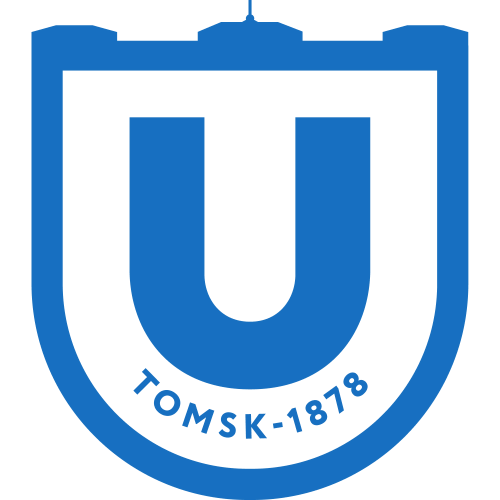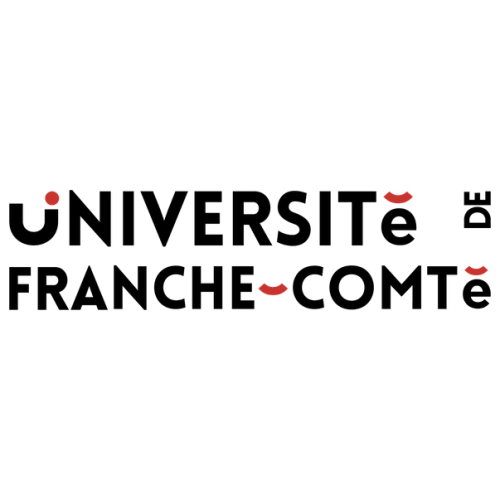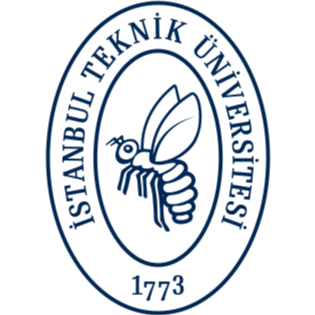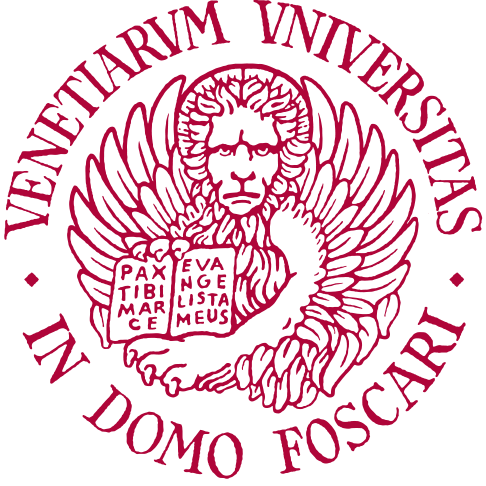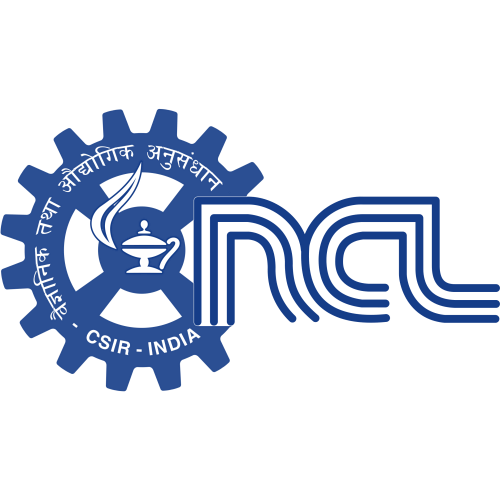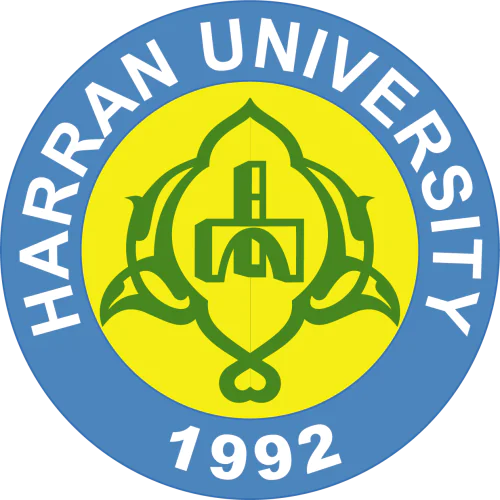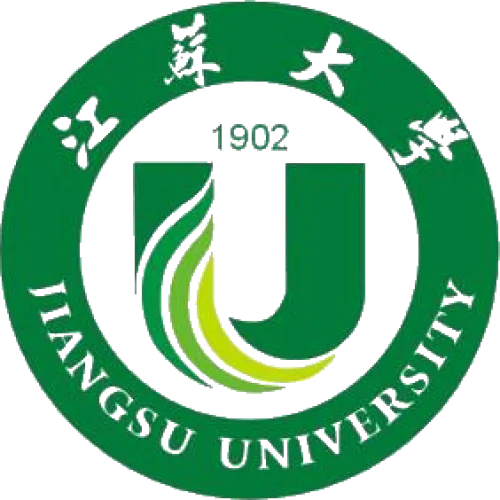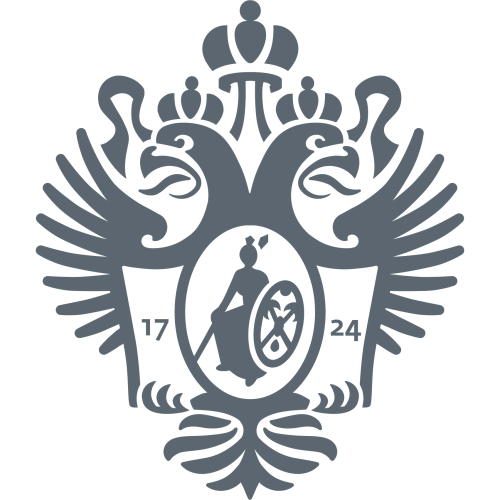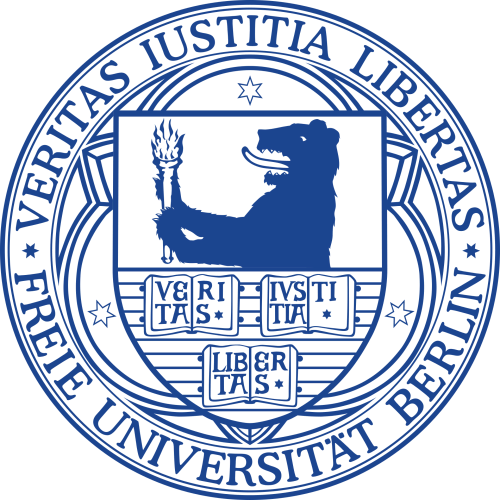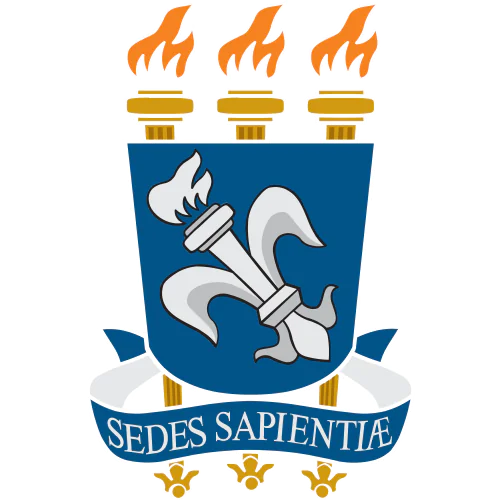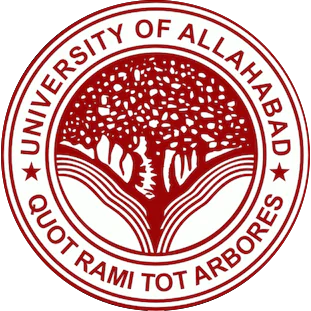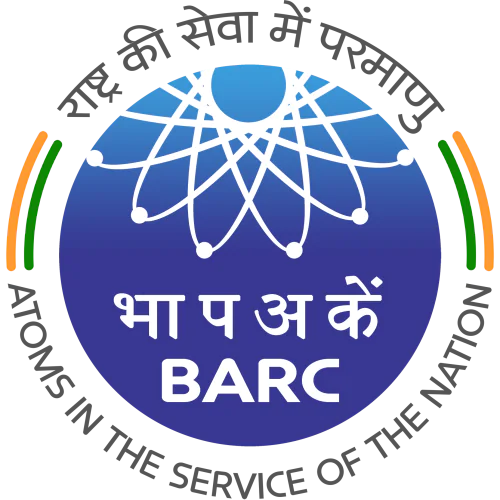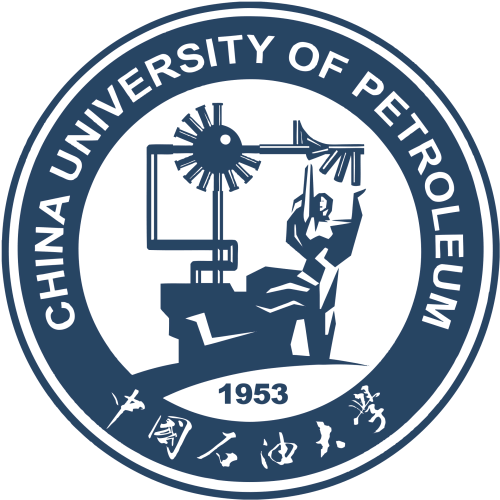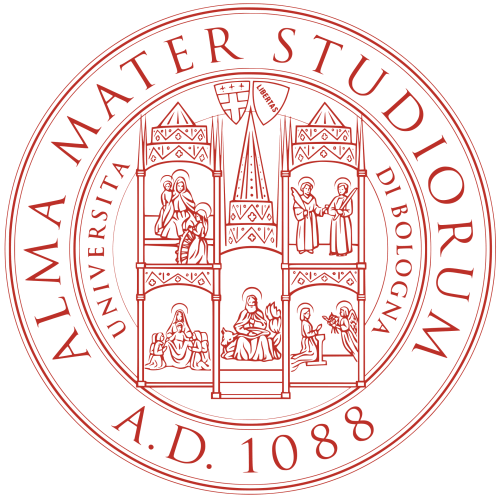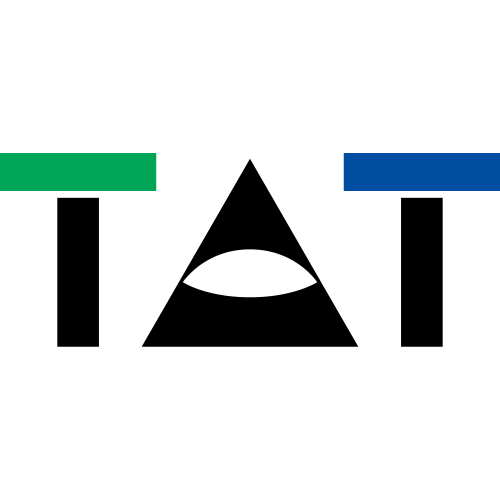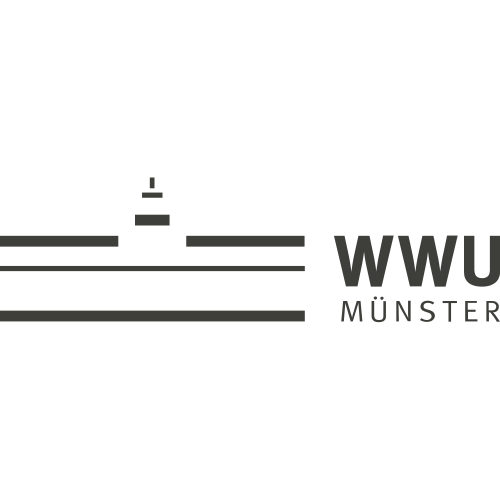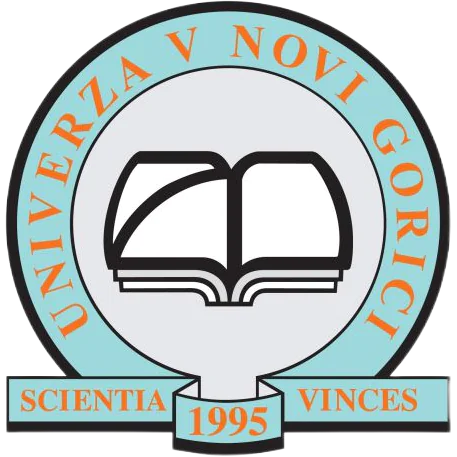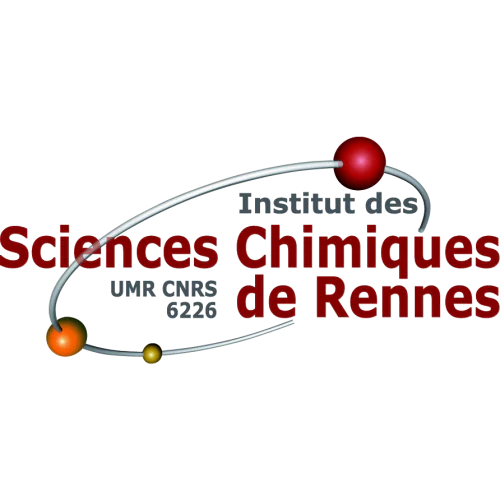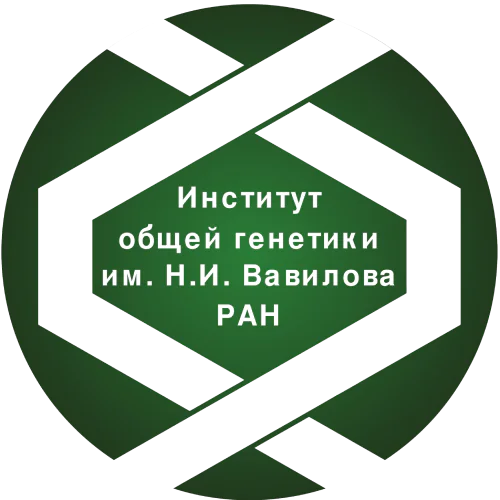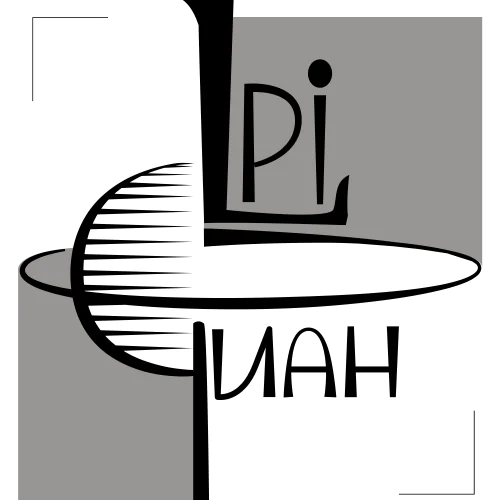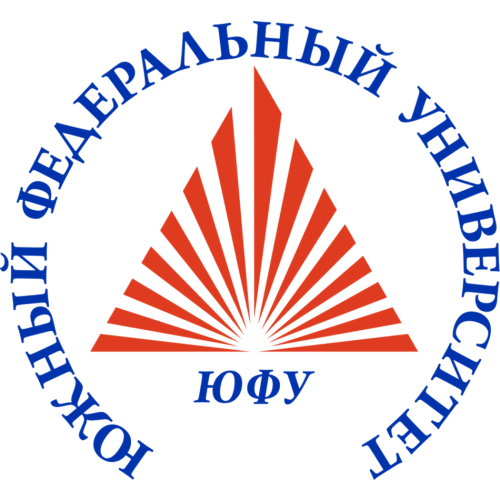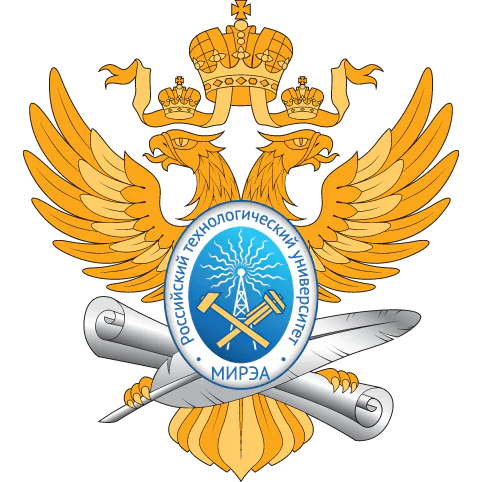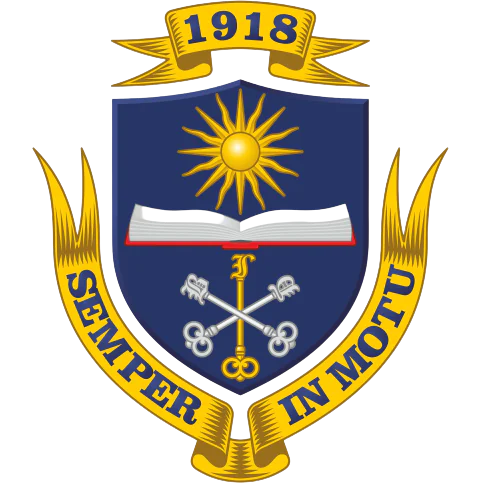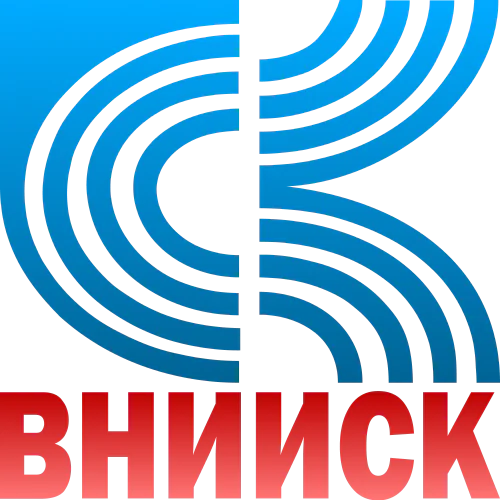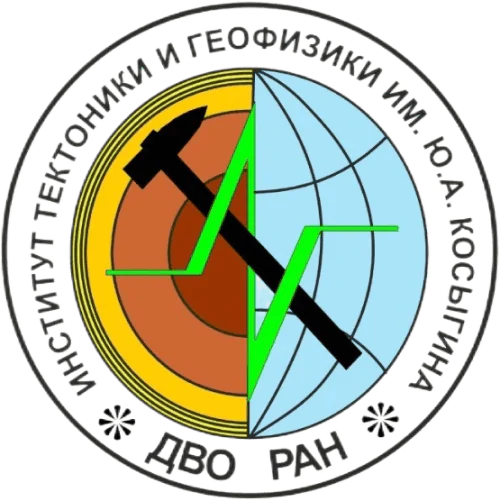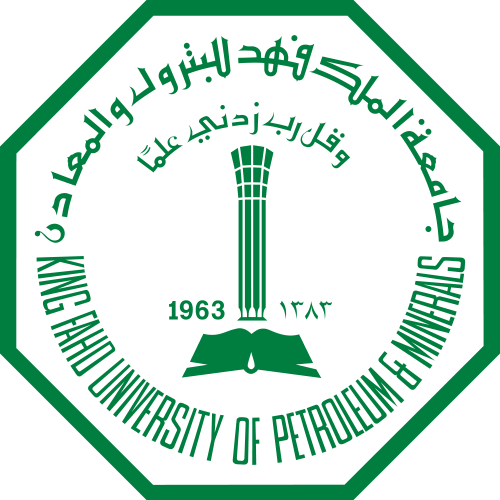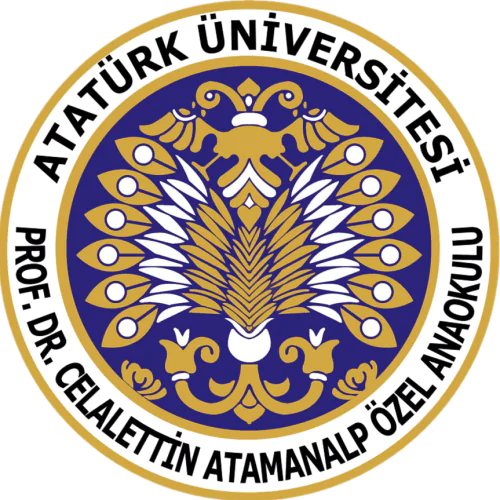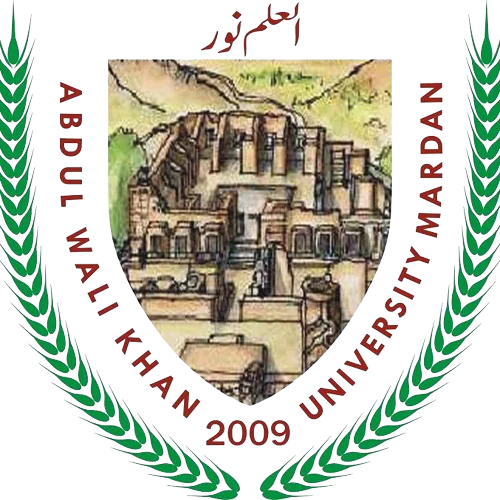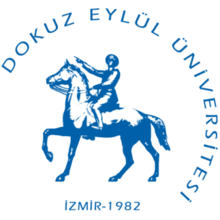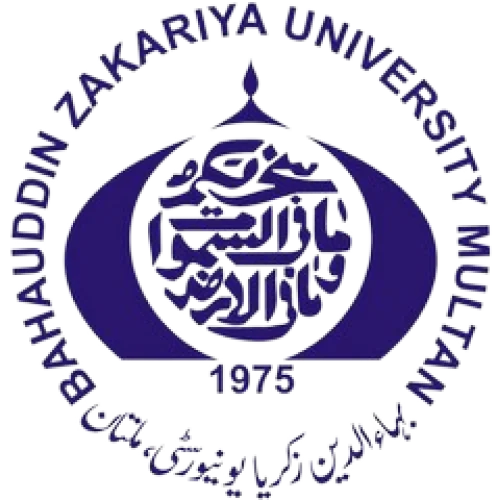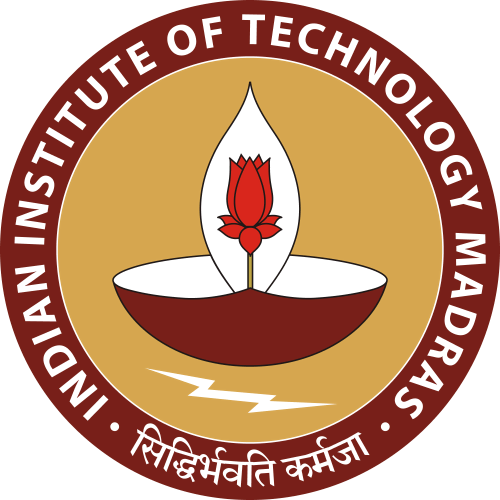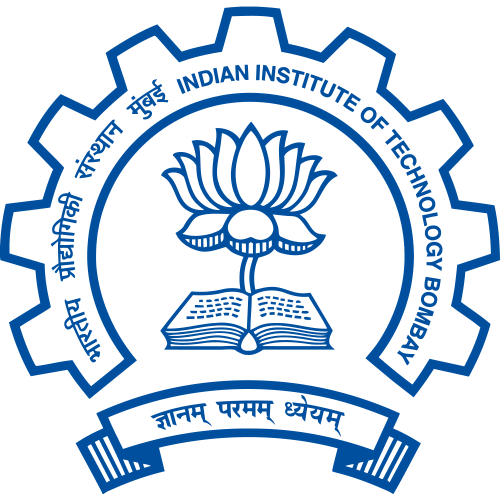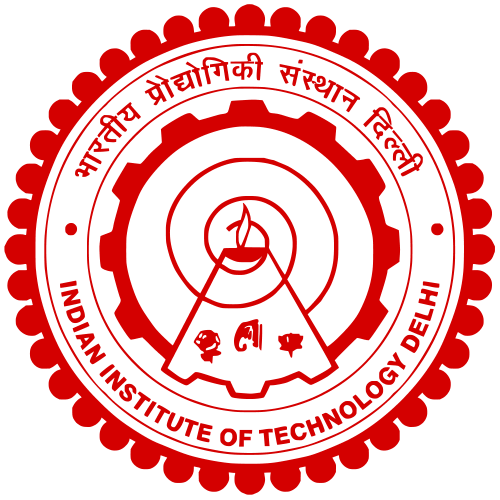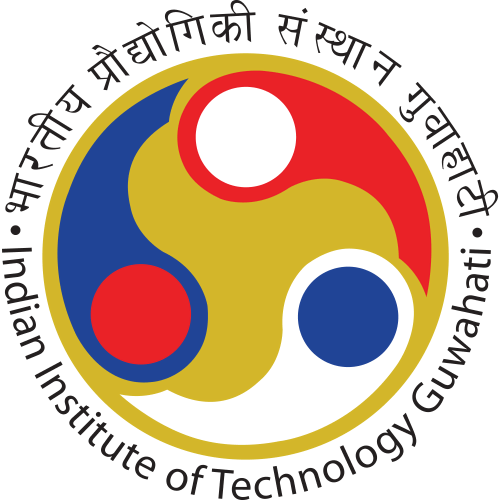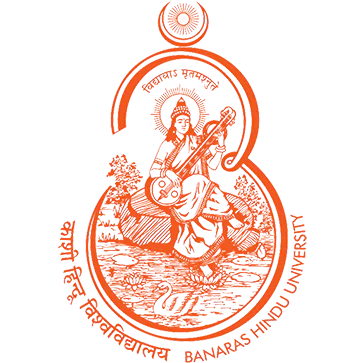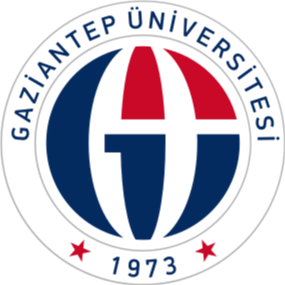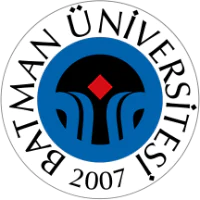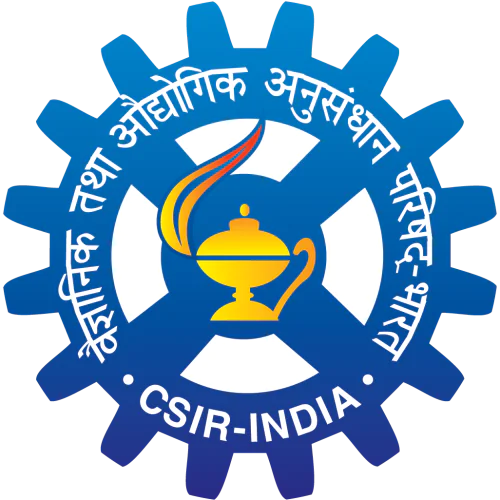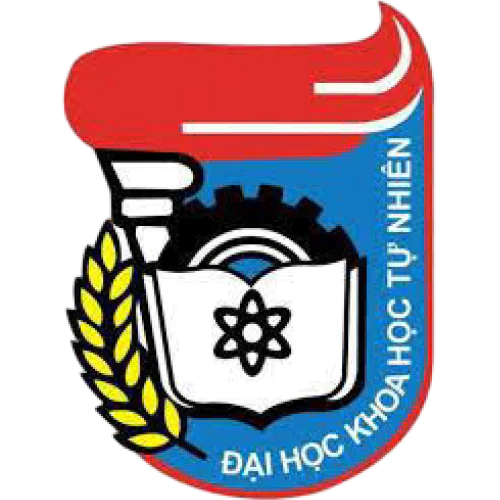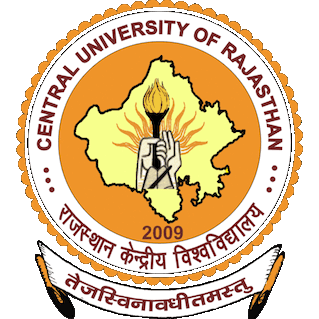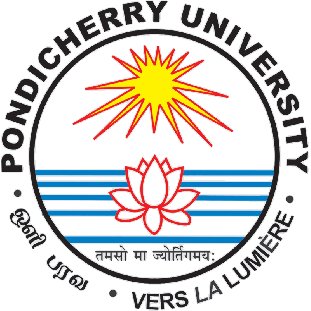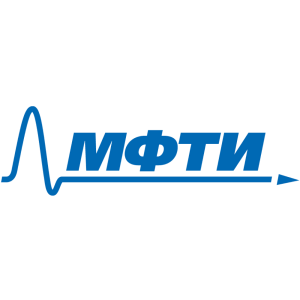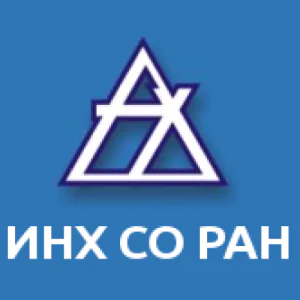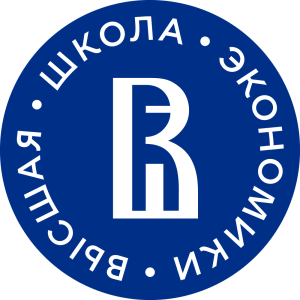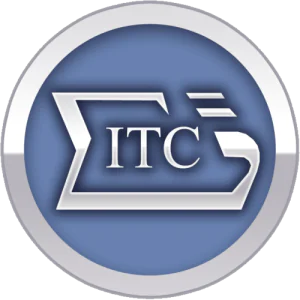
Sergey Sergeevich Shapovalov
PhD in Chemistry, associate professor
🥼
🥼
Sergey can become your supervisor
If you would like to work under his/her guidance, please write a message or contact him/her on social media.
Authorization required.
🤝
🤝
Sergey is looking for opportunities for scientific collaboration
If you would like to do joint research with him/her, write a message or contact him/her on social media.
Authorization required.
Publications
62
Citations
314
h-index
10
Labs

Head of Laboratory
Education
Kurnakov Institute of General and Inorganic Chemistry of the Russian Academy of Sciences
2005 — 2008,
Postgraduate
Mendeleev University of Chemical Technology of Russia
2001 — 2005,
Specialist, Higher College of Chemistry of the Russian Academy of Sciences (VHK)
Found
Nothing found, try to update filter.
Found
Nothing found, try to update filter.
Found
Nothing found, try to update filter.
Total publications
62
Total citations
314
Citations per publication
5.06
Average publications per year
2.82
Average coauthors
4.97
Publications years
2003-2024 (22 years)
h-index
10
i10-index
11
m-index
0.45
o-index
17
g-index
13
w-index
2
Metrics description
h-index
A scientist has an h-index if h of his N publications are cited at least h times each, while the remaining (N - h) publications are cited no more than h times each.
i10-index
The number of the author's publications that received at least 10 links each.
m-index
The researcher's m-index is numerically equal to the ratio of his h-index to the number of years that have passed since the first publication.
o-index
The geometric mean of the h-index and the number of citations of the most cited article of the scientist.
g-index
For a given set of articles, sorted in descending order of the number of citations that these articles received, the g-index is the largest number such that the g most cited articles received (in total) at least g2 citations.
w-index
If w articles of a researcher have at least 10w citations each and other publications are less than 10(w+1) citations, then the researcher's w-index is equal to w.
Top-100
Fields of science
|
5
10
15
20
25
30
35
40
|
|
|
General Chemistry
|
General Chemistry, 39, 62.9%
General Chemistry
39 publications, 62.9%
|
|
General Chemical Engineering
|
General Chemical Engineering, 29, 46.77%
General Chemical Engineering
29 publications, 46.77%
|
|
Inorganic Chemistry
|
Inorganic Chemistry, 15, 24.19%
Inorganic Chemistry
15 publications, 24.19%
|
|
Physical and Theoretical Chemistry
|
Physical and Theoretical Chemistry, 14, 22.58%
Physical and Theoretical Chemistry
14 publications, 22.58%
|
|
Materials Chemistry
|
Materials Chemistry, 7, 11.29%
Materials Chemistry
7 publications, 11.29%
|
|
Materials Science (miscellaneous)
|
Materials Science (miscellaneous), 6, 9.68%
Materials Science (miscellaneous)
6 publications, 9.68%
|
|
Condensed Matter Physics
|
Condensed Matter Physics, 4, 6.45%
Condensed Matter Physics
4 publications, 6.45%
|
|
General Materials Science
|
General Materials Science, 4, 6.45%
General Materials Science
4 publications, 6.45%
|
|
Organic Chemistry
|
Organic Chemistry, 2, 3.23%
Organic Chemistry
2 publications, 3.23%
|
|
Biochemistry
|
Biochemistry, 2, 3.23%
Biochemistry
2 publications, 3.23%
|
|
Catalysis
|
Catalysis, 1, 1.61%
Catalysis
1 publication, 1.61%
|
|
General Physics and Astronomy
|
General Physics and Astronomy, 1, 1.61%
General Physics and Astronomy
1 publication, 1.61%
|
|
Electrical and Electronic Engineering
|
Electrical and Electronic Engineering, 1, 1.61%
Electrical and Electronic Engineering
1 publication, 1.61%
|
|
Mechanical Engineering
|
Mechanical Engineering, 1, 1.61%
Mechanical Engineering
1 publication, 1.61%
|
|
Industrial and Manufacturing Engineering
|
Industrial and Manufacturing Engineering, 1, 1.61%
Industrial and Manufacturing Engineering
1 publication, 1.61%
|
|
General Energy
|
General Energy, 1, 1.61%
General Energy
1 publication, 1.61%
|
|
Pollution
|
Pollution, 1, 1.61%
Pollution
1 publication, 1.61%
|
|
Building and Construction
|
Building and Construction, 1, 1.61%
Building and Construction
1 publication, 1.61%
|
|
Civil and Structural Engineering
|
Civil and Structural Engineering, 1, 1.61%
Civil and Structural Engineering
1 publication, 1.61%
|
|
5
10
15
20
25
30
35
40
|
Journals
|
5
10
15
20
25
30
35
|
|
|
Russian Journal of Coordination Chemistry/Koordinatsionnaya Khimiya
31 publications, 50%
|
|
|
Russian Journal of Inorganic Chemistry
6 publications, 9.68%
|
|
|
Russian Chemical Bulletin
4 publications, 6.45%
|
|
|
Polyhedron
3 publications, 4.84%
|
|
|
Mendeleev Communications
2 publications, 3.23%
|
|
|
Journal of Organometallic Chemistry
2 publications, 3.23%
|
|
|
Russian Journal of General Chemistry
2 publications, 3.23%
|
|
|
Inorganica Chimica Acta
1 publication, 1.61%
|
|
|
Journal of Physics: Conference Series
1 publication, 1.61%
|
|
|
Catalysts
1 publication, 1.61%
|
|
|
Acta Crystallographica Section E: Crystallographic Communications
1 publication, 1.61%
|
|
|
Doklady Chemistry
1 publication, 1.61%
|
|
|
Materials Chemistry and Physics
1 publication, 1.61%
|
|
|
Journal of Structural Chemistry
1 publication, 1.61%
|
|
|
European Journal of Inorganic Chemistry
1 publication, 1.61%
|
|
|
Crystals
1 publication, 1.61%
|
|
|
Energy
1 publication, 1.61%
|
|
|
Acta Crystallographica Section E Structure Reports Online
1 publication, 1.61%
|
|
|
5
10
15
20
25
30
35
|
Citing journals
Publishers
|
5
10
15
20
25
30
35
40
45
|
|
|
Pleiades Publishing
41 publications, 66.13%
|
|
|
Elsevier
8 publications, 12.9%
|
|
|
Springer Nature
4 publications, 6.45%
|
|
|
MDPI
2 publications, 3.23%
|
|
|
International Union of Crystallography (IUCr)
2 publications, 3.23%
|
|
|
OOO Zhurnal "Mendeleevskie Soobshcheniya"
2 publications, 3.23%
|
|
|
Wiley
1 publication, 1.61%
|
|
|
IOP Publishing
1 publication, 1.61%
|
|
|
5
10
15
20
25
30
35
40
45
|
Organizations from articles
|
10
20
30
40
50
60
|
|
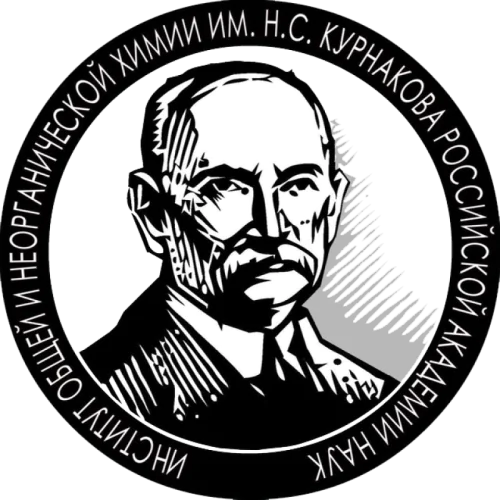
Kurnakov Institute of General and Inorganic Chemistry of the Russian Academy of Sciences
58 publications, 93.55%
|
|
|
A.N. Frumkin Institute of Physical Chemistry and Electrochemistry of the Russian Academy of Sciences
7 publications, 11.29%
|
|
|
Lomonosov Moscow State University
5 publications, 8.06%
|
|
|
A.V. Topchiev Institute of Petrochemical Synthesis RAS
4 publications, 6.45%
|
|
|
Organization not defined
|
Organization not defined, 3, 4.84%
Organization not defined
3 publications, 4.84%
|
|
A.N.Nesmeyanov Institute of Organoelement Compounds of the Russian Academy of Sciences
3 publications, 4.84%
|
|
|
Moscow Institute of Physics and Technology
3 publications, 4.84%
|
|
|
National Research University Higher School of Economics
3 publications, 4.84%
|
|
|
Peoples' Friendship University of Russia
3 publications, 4.84%
|
|
|
Nikolaev Institute of Inorganic Chemistry of the Siberian Branch of the Russian Academy of Sciences
2 publications, 3.23%
|
|
|
Institute of Geology of Ore Deposits, Petrography, Mineralogy and Geochemistry of the Russian Academy of Sciences
2 publications, 3.23%
|
|
|
National Research Centre "Kurchatov Institute"
2 publications, 3.23%
|
|
|
Tananaev Institute of Chemistry of the Kola Science Centre of the Russian Academy of Sciences
2 publications, 3.23%
|
|
|
Kola Science Center of the Russian Academy of Sciences
2 publications, 3.23%
|
|
|
University of Neuchâtel
2 publications, 3.23%
|
|
|
University of Regensburg
2 publications, 3.23%
|
|
|
Moscow Aviation Institute (National Research University)
1 publication, 1.61%
|
|
|
N.N. Semenov Federal Research Center for Chemical Physics of the Russian Academy of Sciences
1 publication, 1.61%
|
|
|
International Tomography Center of the Siberian Branch of the Russian Academy of Sciences
1 publication, 1.61%
|
|
|
Boreskov Institute of Catalysis of the Siberian Branch of the Russian Academy of Sciences
1 publication, 1.61%
|
|
|
Tomsk State University
1 publication, 1.61%
|
|
|
St Petersburg National Research Academic University of the Russian Academy of Sciences
1 publication, 1.61%
|
|
|
National University of Oil and Gas «Gubkin University»
1 publication, 1.61%
|
|
|
Federal Medical Biophysical Center named after A.I. Burnazyan
1 publication, 1.61%
|
|
|
Université Marie et Louis Pasteur
1 publication, 1.61%
|
|
|
10
20
30
40
50
60
|
Countries from articles
|
10
20
30
40
50
60
|
|
|
Russia
|
Russia, 59, 95.16%
Russia
59 publications, 95.16%
|
|
Country not defined
|
Country not defined, 2, 3.23%
Country not defined
2 publications, 3.23%
|
|
Germany
|
Germany, 2, 3.23%
Germany
2 publications, 3.23%
|
|
Switzerland
|
Switzerland, 2, 3.23%
Switzerland
2 publications, 3.23%
|
|
France
|
France, 1, 1.61%
France
1 publication, 1.61%
|
|
10
20
30
40
50
60
|
Citing organizations
|
10
20
30
40
50
60
|
|

Kurnakov Institute of General and Inorganic Chemistry of the Russian Academy of Sciences
55 citations, 17.52%
|
|
|
Organization not defined
|
Organization not defined, 23, 7.32%
Organization not defined
23 citations, 7.32%
|
|
Nikolaev Institute of Inorganic Chemistry of the Siberian Branch of the Russian Academy of Sciences
12 citations, 3.82%
|
|
|
A.V. Topchiev Institute of Petrochemical Synthesis RAS
9 citations, 2.87%
|
|
|
Lomonosov Moscow State University
7 citations, 2.23%
|
|
|
Boreskov Institute of Catalysis of the Siberian Branch of the Russian Academy of Sciences
7 citations, 2.23%
|
|
|
Istanbul Technical University
7 citations, 2.23%
|
|
|
Ca' Foscari University of Venice
7 citations, 2.23%
|
|
|
CSIR-National Chemical Laboratory
6 citations, 1.91%
|
|
|
Siirt University
6 citations, 1.91%
|
|
|
Harran University
6 citations, 1.91%
|
|
|
Novosibirsk State University
5 citations, 1.59%
|
|
|
Mendeleev University of Chemical Technology of Russia
5 citations, 1.59%
|
|
|
Jiangsu University
5 citations, 1.59%
|
|
|
National Taiwan Normal University
5 citations, 1.59%
|
|
|
National Research Centre "Kurchatov Institute"
4 citations, 1.27%
|
|
|
University of Vigo
4 citations, 1.27%
|
|
|
A.N.Nesmeyanov Institute of Organoelement Compounds of the Russian Academy of Sciences
3 citations, 0.96%
|
|
|
A.N. Frumkin Institute of Physical Chemistry and Electrochemistry of the Russian Academy of Sciences
3 citations, 0.96%
|
|
|
National Research University Higher School of Economics
3 citations, 0.96%
|
|
|
Saint Petersburg State University
3 citations, 0.96%
|
|
|
National University of Oil and Gas «Gubkin University»
3 citations, 0.96%
|
|
|
Free University of Berlin
3 citations, 0.96%
|
|
|
University of Regensburg
3 citations, 0.96%
|
|
|
Federal University of Santa Maria
3 citations, 0.96%
|
|
|
University of Pardubice
3 citations, 0.96%
|
|
|
N.D. Zelinsky Institute of Organic Chemistry of the Russian Academy of Sciences
2 citations, 0.64%
|
|
|
Moscow Institute of Physics and Technology
2 citations, 0.64%
|
|
|
N.N. Semenov Federal Research Center for Chemical Physics of the Russian Academy of Sciences
2 citations, 0.64%
|
|
|
Ioffe Physical-Technical Institute of the Russian Academy of Sciences
2 citations, 0.64%
|
|
|
Peoples' Friendship University of Russia
2 citations, 0.64%
|
|
|
University of Allahabad
2 citations, 0.64%
|
|
|
Bhabha Atomic Research Centre
2 citations, 0.64%
|
|
|
Tsinghua University
2 citations, 0.64%
|
|
|
Karlsruhe Institute of Technology
2 citations, 0.64%
|
|
|
École Polytechnique Fédérale de Lausanne
2 citations, 0.64%
|
|
|
China University of Petroleum (East China)
2 citations, 0.64%
|
|
|
University of Bologna
2 citations, 0.64%
|
|
|
Tianjin University
2 citations, 0.64%
|
|
|
University of L'Aquila
2 citations, 0.64%
|
|
|
Technical University of Dortmund
2 citations, 0.64%
|
|
|
Tokyo University of Agriculture and Technology
2 citations, 0.64%
|
|
|
Sepuluh Nopember Institute of Technology
2 citations, 0.64%
|
|
|
University of Münster
2 citations, 0.64%
|
|
|
University of Wisconsin–Madison
2 citations, 0.64%
|
|
|
Lodz University of Technology
2 citations, 0.64%
|
|
|
University of Windsor
2 citations, 0.64%
|
|
|
University of Nova Gorica
2 citations, 0.64%
|
|
|
National Institute of Chemistry
2 citations, 0.64%
|
|
|
Institut des Sciences Chimiques de Rennes
2 citations, 0.64%
|
|
|
Skolkovo Institute of Science and Technology
1 citation, 0.32%
|
|
|
National University of Science & Technology (MISiS)
1 citation, 0.32%
|
|
|
Moscow Aviation Institute (National Research University)
1 citation, 0.32%
|
|
|
Vavilov Institute of General Genetics of the Russian Academy of Sciences
1 citation, 0.32%
|
|
|
G.A. Krestov Institute of Solution Chemistry of the Russian Academy of Sciences
1 citation, 0.32%
|
|
|
International Tomography Center of the Siberian Branch of the Russian Academy of Sciences
1 citation, 0.32%
|
|
|
P.N. Lebedev Physical Institute of the Russian Academy of Sciences
1 citation, 0.32%
|
|
|
Osipyan Institute of Solid State Physics of the Russian Academy of Sciences
1 citation, 0.32%
|
|
|
Kazan Federal University
1 citation, 0.32%
|
|
|
Far Eastern Federal University
1 citation, 0.32%
|
|
|
Samara National Research University
1 citation, 0.32%
|
|
|
Southern Federal University
1 citation, 0.32%
|
|
|
St Petersburg National Research Academic University of the Russian Academy of Sciences
1 citation, 0.32%
|
|
|
MIREA — Russian Technological University
1 citation, 0.32%
|
|
|
Joint Institute for Nuclear Research
1 citation, 0.32%
|
|
|
Petersburg Nuclear Physics Institute of NRC «Kurchatov Institute»
1 citation, 0.32%
|
|
|
Voronezh State University
1 citation, 0.32%
|
|
|
Samara State Technical University
1 citation, 0.32%
|
|
|
Federal Research Center of Problem of Chemical Physics and Medicinal Chemistry RAS
1 citation, 0.32%
|
|
|
Synthetic Rubber Research Institute named after S. V. Lebedev
1 citation, 0.32%
|
|
|
Federal Medical Biophysical Center named after A.I. Burnazyan
1 citation, 0.32%
|
|
|
Institute of Tectonics and Geophysics named after Y.A. Kosygin of the Far Eastern Branch of the Russian Academy of Sciences
1 citation, 0.32%
|
|
|
King Saud University
1 citation, 0.32%
|
|
|
King Abdulaziz University
1 citation, 0.32%
|
|
|
King Fahd University of Petroleum and Minerals
1 citation, 0.32%
|
|
|
University of Tehran
1 citation, 0.32%
|
|
|
Ataturk University
1 citation, 0.32%
|
|
|
Quchan University of Technology
1 citation, 0.32%
|
|
|
Shahid Beheshti University
1 citation, 0.32%
|
|
|
Quaid-i-Azam University
1 citation, 0.32%
|
|
|
Abdul Wali Khan University
1 citation, 0.32%
|
|
|
Dokuz Eylül University
1 citation, 0.32%
|
|
|
Bahauddin Zakariya University
1 citation, 0.32%
|
|
|
Indian Institute of Science Education and Research, Pune
1 citation, 0.32%
|
|
|
Indian Institute of Technology Madras
1 citation, 0.32%
|
|
|
Indian Institute of Technology Bombay
1 citation, 0.32%
|
|
|
Indian Institute of Technology Delhi
1 citation, 0.32%
|
|
|
Indian Institute of Technology Guwahati
1 citation, 0.32%
|
|
|
Indian Institute of Technology Hyderabad
1 citation, 0.32%
|
|
|
Banaras Hindu University
1 citation, 0.32%
|
|
|
Gaziantep University
1 citation, 0.32%
|
|
|
Ondokuz Mayis University
1 citation, 0.32%
|
|
|
Batman University
1 citation, 0.32%
|
|
|
Arak University
1 citation, 0.32%
|
|
|
Central Salt and Marine Chemicals Research Institute
1 citation, 0.32%
|
|
|
Duy Tan University
1 citation, 0.32%
|
|
|
VNU University of Science
1 citation, 0.32%
|
|
|
Central University of Rajasthan
1 citation, 0.32%
|
|
|
Islamic Azad University, Amol Branch
1 citation, 0.32%
|
|
|
Pondicherry University
1 citation, 0.32%
|
|
|
10
20
30
40
50
60
|
|
Citing countries
- We do not take into account publications without a DOI.
- Statistics recalculated daily.
This section displays the profiles of scientists registered on the platform. To display the full list, invite your colleagues to register.



